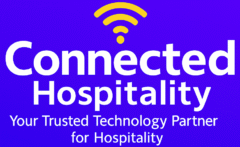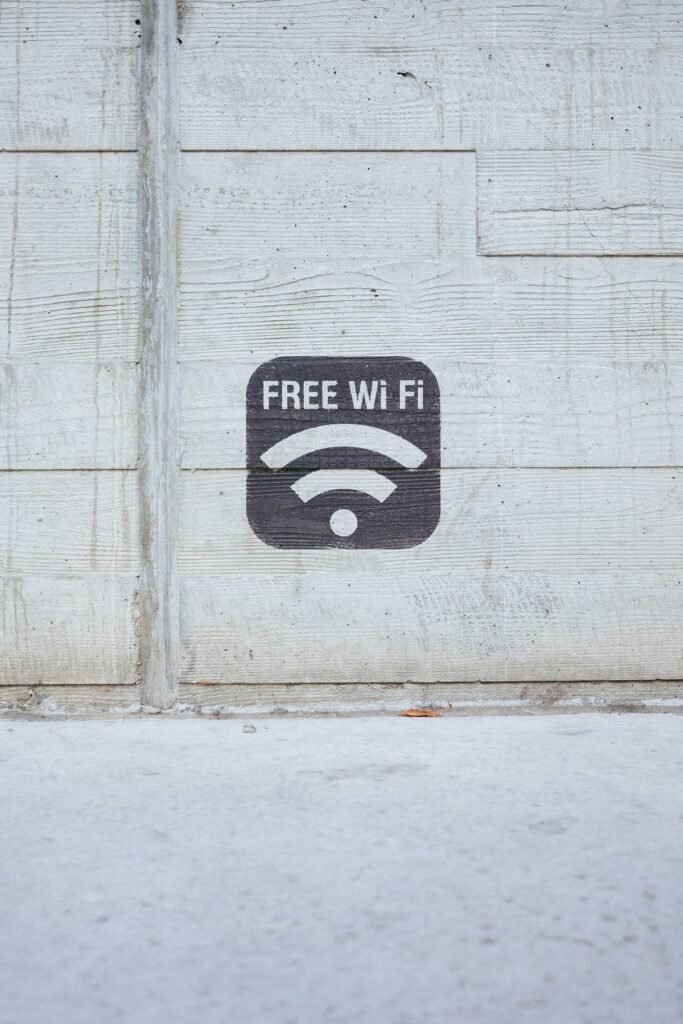In the age of hyperconnectivity, where homes and businesses demand seamless, high-speed internet, WiFi 6 is transforming the way we stay connected. As the latest wireless networking standard, WiFi 6 brings significant advancements in speed, performance, stability, and user experience. From industry giants like Aruba, Ruckus, and Cisco Meraki to rising stars like IO by HFCL and Nomadix, companies are leveraging WiFi 6 to redefine connectivity.
In this blog post, we’ll explore the benefits of WiFi 6 and how these key players in the industry are leading the charge in delivering the future of wireless networking.
What is WiFi 6?
WiFi 6, also known as 802.11ax, is the latest iteration of the WiFi standard. Designed to meet the demands of modern connectivity, WiFi 6 offers faster speeds, improved performance in congested environments, and better power efficiency for connected devices. Its enhanced capabilities make it a game-changer for businesses, homes, and public spaces.
With the exponential growth of IoT devices, video streaming, and remote work, WiFi 6 has become the go-to solution for meeting today’s connectivity challenges.
Key Benefits of WiFi 6
1. Blazing Fast Speeds
One of the most notable improvements of WiFi 6 is its impressive speed. With theoretical maximum speeds of up to 9.6 Gbps, WiFi 6 is nearly three times faster than its predecessor, WiFi 5 (802.11ac).
- For Businesses: Faster speeds mean smoother video conferencing, quicker file transfers, and enhanced productivity.
- For Consumers: Streaming 4K and even 8K videos, gaming with low latency, and downloading large files are now effortless.
Industry Leader Contributions:
Companies like Aruba, a Hewlett Packard Enterprise company, have integrated WiFi 6 into their networking solutions to ensure blazing-fast and secure wireless connectivity for enterprise environments.
2. Superior Performance in High-Density Environments
In crowded spaces like airports, stadiums, and shopping malls, traditional WiFi networks often struggle with congestion. WiFi 6 introduces features like OFDMA (Orthogonal Frequency Division Multiple Access) and MU-MIMO (Multi-User, Multiple Input, Multiple Output) to address this challenge.
- OFDMA allows multiple devices to share a single transmission channel simultaneously, reducing latency and improving efficiency.
- MU-MIMO increases the number of devices that can connect without degrading network performance.
Industry Spotlight:
Ruckus Networks, a leader in delivering high-performance wireless solutions, has been instrumental in deploying WiFi 6 to ensure reliable connectivity in high-density venues. Their advanced access points are designed to manage thousands of simultaneous connections seamlessly.
3. Enhanced Stability and Reliability
WiFi 6 is built to provide more stable connections, even in environments with numerous connected devices. This is achieved through features like Target Wake Time (TWT), which reduces interference by scheduling data transmission times for devices.
- Business Impact: Enhanced stability is critical for industries reliant on consistent connectivity, such as healthcare and manufacturing.
- Consumer Benefits: Smart homes with multiple IoT devices experience fewer dropouts and interruptions.
Emerging Players:
IO by HFCL is a newcomer making waves in the WiFi 6 arena. With a focus on affordability and cutting-edge technology, IO is enabling businesses of all sizes to adopt reliable and robust WiFi 6 solutions.
4. Lower Latency for Real-Time Applications
Latency refers to the delay between sending and receiving data. WiFi 6 significantly reduces latency, making it ideal for real-time applications like video conferencing, online gaming, and virtual reality (VR).
- For Businesses: Real-time collaboration becomes seamless, fostering better communication and teamwork.
- For Gamers and Streamers: Low latency ensures a smooth and immersive experience.
Customer-Centric Solutions:
Cisco Meraki, known for its cloud-managed networking solutions, has integrated WiFi 6 into its portfolio to deliver low-latency and high-performance networks for enterprises. Their solutions are particularly popular in education, hospitality, and retail sectors.
5. Meeting Growing Customer Expectations
Today’s consumers expect uninterrupted, high-speed internet everywhere they go. WiFi 6 is uniquely positioned to meet these expectations by offering:
- Faster and more stable public WiFi in hotels, cafes, and airports.
- Seamless connectivity for smart homes and IoT ecosystems.
- Enhanced guest experiences in retail and hospitality through better app performance and personalized services.
Rising Star Contributions:
Nomadix, a leader in hospitality technology, is leveraging WiFi 6 to deliver exceptional guest WiFi experiences. Their solutions ensure that travelers, whether in hotels or airports, enjoy fast and reliable internet without hassles.
6. Power Efficiency for IoT and Mobile Devices
WiFi 6 features Target Wake Time (TWT), which reduces power consumption for devices by scheduling data transmissions. This is especially beneficial for battery-operated IoT devices like smart sensors and wearables.
- Smart Homes: Longer battery life for connected devices.
- Enterprises: Reduced energy costs for large IoT deployments.
Collaborative Advancements:
Both industry veterans like Aruba and newcomers such as IO by HFCL are incorporating these features to create energy-efficient solutions that cater to both enterprises and consumers.
7. Future-Proofing Connectivity
With its advanced capabilities, WiFi 6 is designed to support the growing demands of modern technology, ensuring networks remain efficient and effective for years to come.
- Business Advantage: Scalability for future needs, including AI, machine learning, and 5G integration.
- Consumer Value: Future-proofing homes for new technologies like AR/VR and next-gen IoT devices.
Trailblazing Leadership:
Companies like Cisco Meraki are setting the benchmark by integrating WiFi 6 with AI-powered insights and automation, enabling businesses to adapt to evolving connectivity demands.
Industry Leaders Driving WiFi 6 Adoption
The adoption of WiFi 6 wouldn’t be possible without the contributions of industry leaders and innovators. Here’s a closer look at how key players are shaping the WiFi 6 landscape:
- Aruba (HPE): Renowned for enterprise-grade solutions that deliver high-speed, secure, and scalable networks.
- Ruckus Networks: Experts in high-density environments, providing robust solutions for stadiums, campuses, and public venues.
- Cisco Meraki: A pioneer in cloud-managed networking, offering seamless integration with WiFi 6 for businesses across industries.
- IO by HFCL: A rising star, delivering cost-effective and cutting-edge WiFi 6 solutions for small to medium enterprises.
- Nomadix: Focused on enhancing guest experiences with reliable and high-performance WiFi 6 networks in hospitality and travel.
Final Thoughts
WiFi 6 is not just an upgrade—it’s a revolution in wireless connectivity. From faster speeds and better performance in crowded environments to enhanced stability and lower latency, the benefits of WiFi 6 are transforming how businesses and consumers stay connected. With industry leaders like Aruba, Ruckus, and Cisco Meraki leading the way, and newcomers like IO by HFCL and Nomadix bringing fresh innovations, the future of connectivity has never looked brighter.
As customer expectations for seamless connectivity continue to grow, investing in WiFi 6 is no longer optional—it’s essential. Whether you’re running a business, managing a public venue, or building a smart home, WiFi 6 offers the tools to stay ahead in an increasingly connected world.
Ready to upgrade to WiFi 6? Share your thoughts or questions in the comments below!

